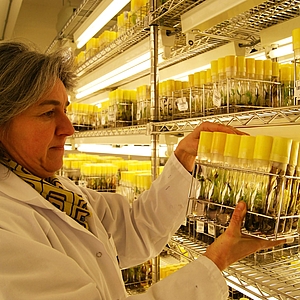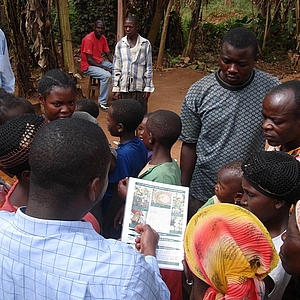Cost-Benefit Analysis (CBA) is the standard economic method to assess the financial viability of investments. By comparing the costs of a banana research project to the estimated benefits over time, a Cost-Benefit Analysis helps determine whether the benefits exceed costs.
Watch our video to learn more about CBA and understand how to calculate its two key performance indicators ‘Net Present Value’ and ‘Internal Rate of Return’ that can help us rank different banana research options.
Find out more about how we estimated the benefits and costs of banana research options within the Cost-Benefit Analysis framework.
Download the video script and visuals HERE
3.1.1. Benefits
Estimating the benefits of banana research options within the Cost- Benefit Analysis framework included the following steps. Click on the links below to find out more.





